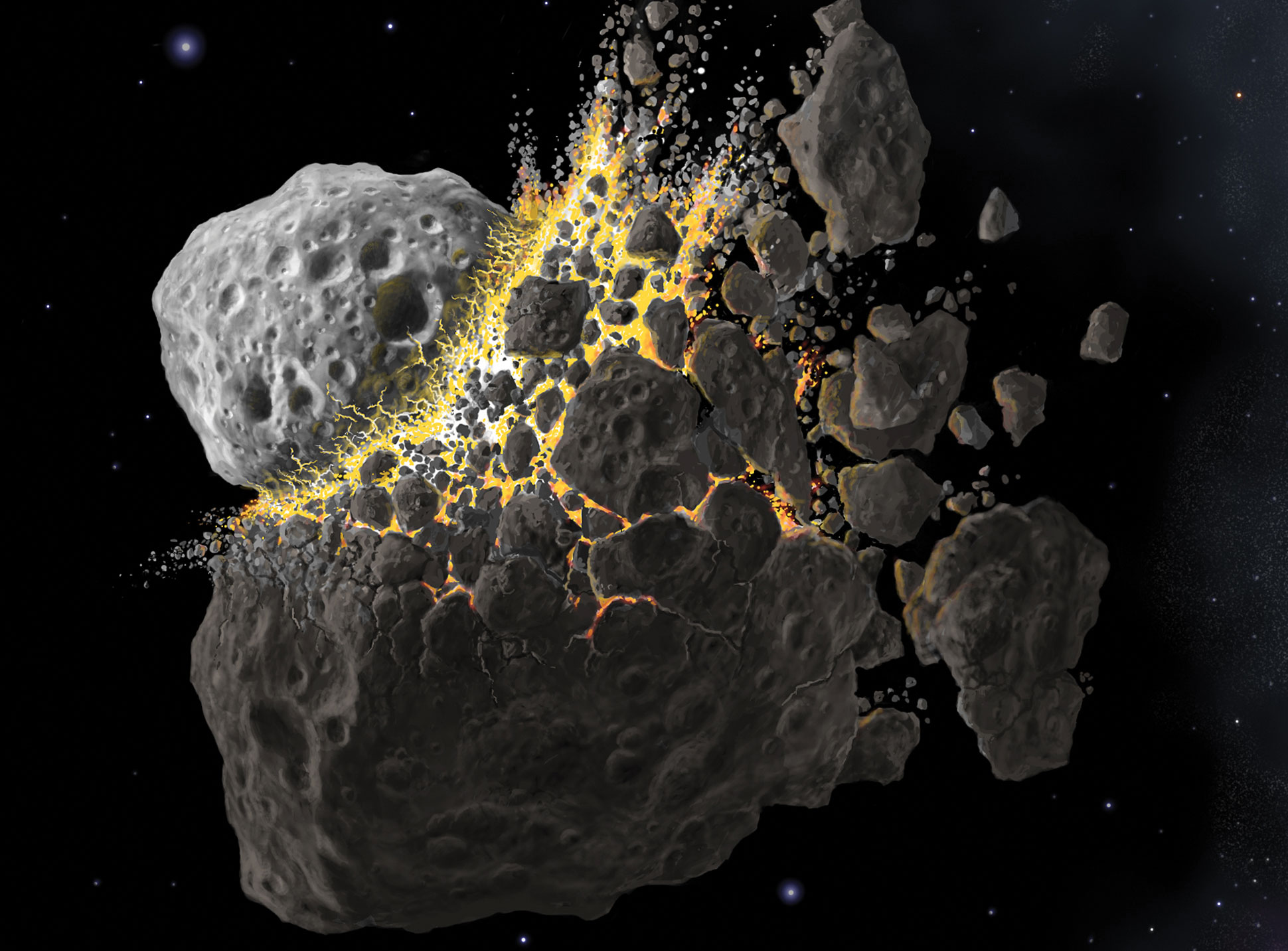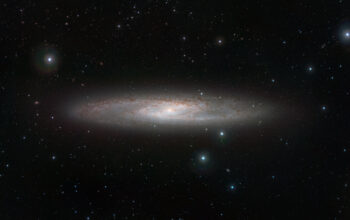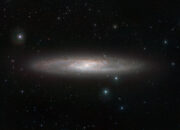The genesis of life on Earth is one of the most profound questions that pervade scientific inquiry. In the context of astrobiology, the notion that meteorites might have seeded primordial life on our planet offers a captivating intersection between planetary sciences and biology. The hypothesis posits that organic compounds present on meteorites were instrumental in the genesis of life, acting as molecular catalysts in the chemical labyrinth that characterized the early Earth. Researchers continue to investigate the captivating possibility that these celestial messengers delivered vital molecular constituents, setting the stage for the emergence of life as we know it.
To comprehend the potential influence of meteorites on Earth’s biogenesis, one must first appreciate the complex nature of meteorites themselves. These cosmic artifacts are fragments of asteroids, comets, and even larger celestial bodies that escaped the cataclysmic collisions and gravitational pulls of the solar system’s formation. Upon entering Earth’s atmosphere, these meteoric bodies blaze a trail of incandescent glory before succumbing to gravitational forces and crashing into the planet. Each impact is not merely a physical event; it is a potential wellspring of biochemical diversity.
In the annals of geological history, the significance of meteorites extends far beyond their dramatic impacts. Groups like carbonaceous chondrites—one of the most pristine forms of meteorites—have garnered attention for their rich inventory of organic molecules. These relics from the early solar system are replete with amino acids, the foundational building blocks of proteins, along with other complex organic compounds. The implications of such discoveries are profound, inviting scientists to entertain a provocative question: did these compounds download into the nascent atmosphere of Earth during its formative epochs?
Formulated hypotheses surrounding abiogenesis—which proposes that life spontaneously arises from non-living matter—are being increasingly examined through the lens of panspermia. This theory suggests that life’s building blocks, or even life itself, originated elsewhere in the cosmos and were transported to the Earth. Notably, researchers have posited that meteorites could have acted as the cosmic couriers of such biochemical precursors. Laboratory simulations mimic early Earth conditions, demonstrating that, under proper settings, biomolecules such as nucleobases can polymerize on surfaces akin to those found on meteorites.
Intriguingly, the interplay between meteorites and early Earth’s conditions is underscored by studies that reveal the resilience of these extraterrestrial materials. Meteorites contain not only organic compounds but also an abundance of minerals, such as silicates and sulfides, which may have acted as catalysts in prebiotic reactions. This synergy between extraterrestrial materials and terrestrial geological processes could have sparked the primordial soup that facilitated life. A veritable cosmic chemistry set, meteorites provide an exquisite range of parameters that might have instigated life’s emergence.
The allure of examining meteorites also extends beyond their chemical composition; the physical attributes of these space rocks intrigue researchers as well. Many meteorites are imbued with isotopic signatures that bear witness to their primordial origins. When scrutinized, the ratios of isotopes in these materials can yield insights into the conditions present at the time of their formation. This adds a tantalizing layer of complexity to the idea that meteorites not only delivered organic matter but also preserved a record of cosmic conditions that may have influenced life’s early development.
Furthermore, contemporary advances in analytical techniques have fostered a renaissance in the study of meteorites. Mass spectrometry, for example, allows scientists to dissect the intricate molecular makeup of meteorites with unprecedented precision. These analytical explorations have uncovered a wealth of organic compounds, ranging from simple hydrocarbons to complex molecules resembling components found in biological systems. Such findings bolster the argument for meteorites as potential crucibles of life’s precursors.
However, the hypothesis that meteorites seeded life on Earth is not without contention. Critics of the panspermia theory point to the challenges posed by the harsh conditions of space travel. Cosmic radiation, extreme temperatures, and vacuum could decimate delicate organic structures en route to Earth. Yet, the discovery of extremophiles—organisms that thrive in extreme conditions—on Earth encourages speculation regarding life’s resilience and adaptation. Just as life clings to the most inhospitable realms on our planet, could it also endure the cosmic expanse?
To evaluate this multifaceted proposition, one must consider the potential intersections that coalesce within the realms of meteorology, geology, and biology. The geological record of Earth is punctuated by mass extinctions and subsequent radiations of life; it is conceivable that the delivery of organic compounds via meteorites could act as both a catalyst and a contingency for survival, fostering the emergence of novel life forms after drastic environmental shifts.
In the grand tapestry of life’s history, meteorites serve not merely as remnants of stars but as harbingers of biochemical potentiality. As humanity ventures deeper into the cosmos, the study of these cosmic entities may illuminate not only our terrestrial origins but also the possibility of life elsewhere in the universe. Ultimately, the investigation into meteorites as seeds of life entwines the intricate narratives of chemistry, biology, and cosmology, suggesting that the cosmos might be a far more interconnected expanse than previously imagined.
In conclusion, the inquiry into whether meteorites seeded life on Earth leads us through a labyrinthine exploration of cosmic creation. Each meteorite, rich with the vestiges of its bygone journey, may contain the secrets to one of the most profound mysteries of existence. As researchers delve deeper into this enigmatic relationship between the cosmos and Earth’s biosphere, the quest for understanding the origins of life continues to unfold with tantalizing potential.










